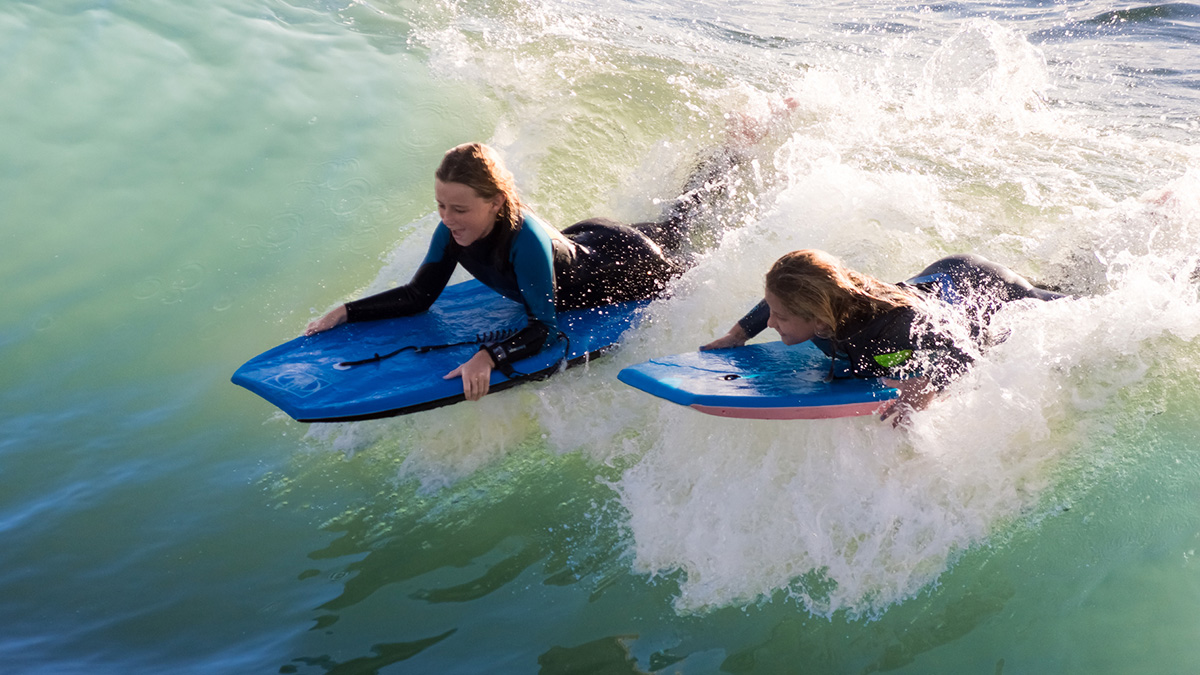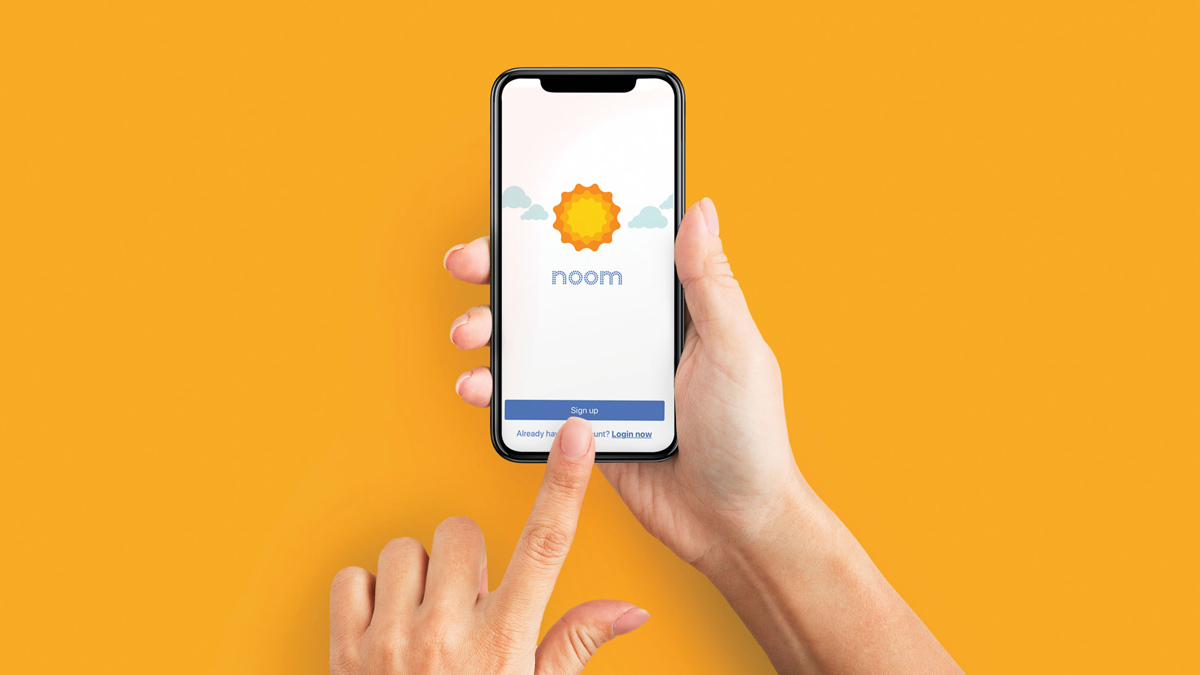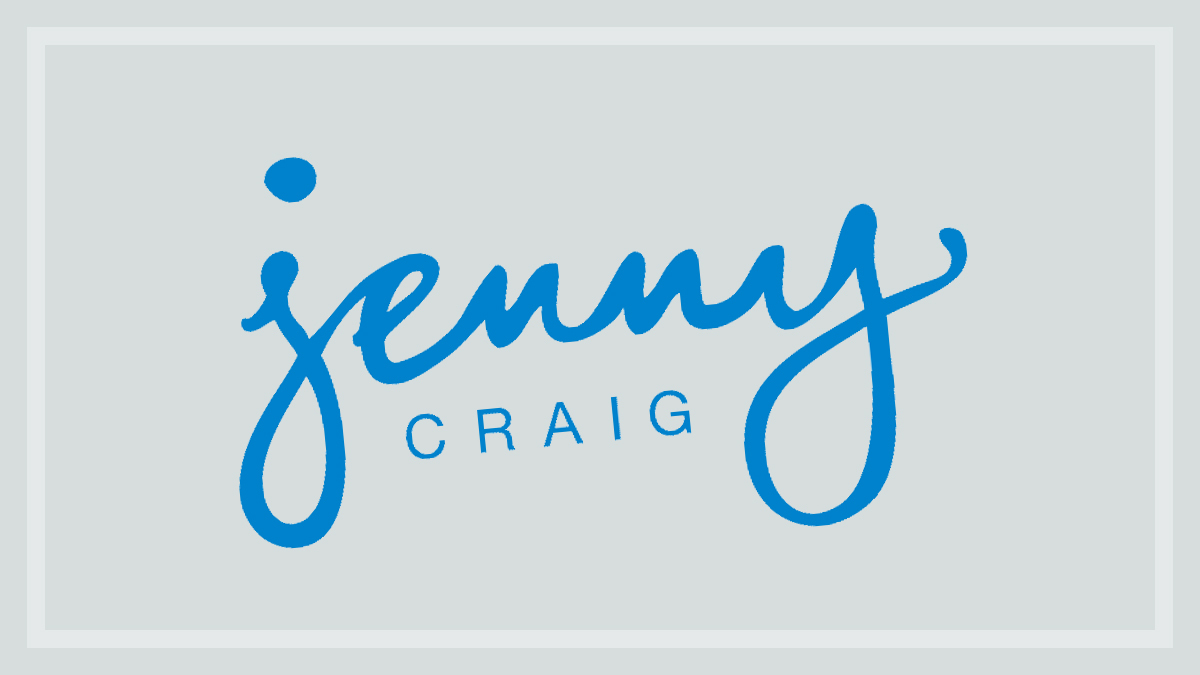Get our independent lab tests, expert reviews and honest advice.
How to buy the best bodyboard

When you or the kids want to hit the waves with minimum fuss, a bodyboard could be your ticket to enjoying the surf. More affordable and much easier to transport than a longboard, the beauty of bodyboards is that they’re quick and easy to get started on, and it’s often less tiring and safer than stand-up surfing.
On this page:
- What's a boogie board?
- Finding the right board
- Size is important
- Terms to know
- Core materials
- Slick materials
- Extras
- What do boards cost?
You can ride them prone (face down), which is most common, or dropknee (half-standing with one knee on the board) or sometimes even standing up. But don’t expect to be doing complex aerial manoeuvres from the word go and while you can get cheap versions for kids and beginners, the materials and construction really matter once you start doing it regularly.
CHOICE no longer updates this product and maintains it for archival purposes.
What’s a boogie board?
Bodyboards are also known as boogie boards, after the Morey Boogie board invented by Tom Morey – kind of like how coolers are known as eskies, after the Esky brand. Speaking of which, did you know bodyboards are called “esky lids” in surfer slang? And their riders are “boogers”.
Finding the right board
When you go looking for a bodyboard, speak with a salesperson who is familiar with them. They can run you through their range and help you choose the right board for your level of proficiency, budget and expectations.
Size is important
The board should reach your navel when stood on its end, give or take a few centimetres. Too small and it’ll sink. Too big and you’ll struggle to control and manoeuvre it. It should also feel comfortable to carry under your arm. If the intended rider’s still growing rapidly, buy a board a few centimetres longer, so there’s a bit of room to grow.
Rock it
Lay the board flat on the floor. Although the nose will be slightly curved, the board should be reasonably flat at the tail end and should only rock a little. Excessive rocking may indicate warp from being stored in hot conditions.
Check the flex
Stand the board up, with the tail on the floor. Flex the board very gently – you want it to spring back easily.
Look at the bottom surface
It should be slick and smooth. Don’t buy it if it has any creases or cracks.
Age range
Children or teens who are learning don’t need an expensive board, and a cheaper board without a slick bottom and with minimal features is adequate. Buy them a hard-bottom board once they’re adept at catching waves and are ready to progress and refine their skills.
For older teens and adults, features such as stringers and channels might seem a bit much while they’re still learning, but they’ll appreciate them as their ability increases.
Don’t buy with your eyes
You’re much better off spending money on good construction and features, rather than fancy artwork or a pro signature.
Terms to know
- Deck – the surface you lie on. Different materials have different grip properties.
- Nose – the top, where you hold on.
- Tail – the other end. The shape of the tail determines how the board moves in the waves. Types include the original crescent tail, shaped like a new moon, or bat tail (which roughly resembles a bat’s wings), which gives more speed and manoeuvrability and is often preferred by prone riders.
- Rails – the sides of the board. Straight rails are faster. A rounder outline (with a central wide-point) gives better manoeuvrability.
- Channels – grooves cut into the slick bottom that channel the water for better performance and control.
- Stringer – a straight rod inserted into the board’s core to maintain stiffness and increase the lifespan of the board.
Core materials
The core of most boards is either polyethylene (also called dow or PE), or polypropylene (polypro or PP). Dow is heavier and more flexible than polypro and performs well in cold water and big waves. However, it can absorb water over time or if damaged. It also generally needs to be strengthened with at least one stringer, otherwise it can fold under the rider.
The more expensive polypro, on the other hand, is 100% waterproof and is lighter, stiffer, more durable and better in warm water and smaller, choppy waves. Both dow and polypro come in different grades of strength and consistency and this affects the price.
Cores can also be a combination of various types of plastic or foam, such as EVA (ethylene vinyl acetate) and EPS (expanded polystyrene) – mainly used for cheaper boards.
Slick materials
The downward-facing surface is covered by a slippery covering called the slick, which gives the board strength and speed. The most common types of slick are:
- Surlyn, a softer plastic hybrid, which is very flexible and responsive; suited to serious riders who want to progress, as they will prefer the higher-performance it offers.
- HDPP (high-density polypropylene), which is harder, thicker and stiffer, but with little or no flex, it’s strong and durable and usually found on beginner boards.
- LDPE/HDPE (low/high-density polyethylene) has similar properties to HDPP but is more likely to be found on PE or EPS boards.
Extras
Factor swim fins into your budget. They’re invaluable for paddling out long distances to waves. Open-heeled fins are better for bodyboarding. Swim-fin tethers will keep your fins from floating away.
If your board doesn’t come with one (and most medium to high-end boards don’t), buy a leash with a strong wrist, ankle or bicep attachment, so you don’t lose your board.
A bag will protect your board from the elements and any accidental damage. Beware of dark-coloured bags, though, which will create more heat.
What do boards cost?
The price of a board depends on the materials, as well as size, any channels or special contours, graphics such as a signature from a professional rider, and surface design.
- Entry-level boards for children retail from $15 to $50 in budget department stores.
- For $50 up to $150 you can get a decent beginner’s board with EPS core and LDPE slick.
- About $120 to $200 should get you a dow or polypro core (or a combination), an HDPP slick, possibly one stringer and a reasonably durable quality of foam.
- Around $250 to $400 will get you a board made for more proficient riding, from a sports retailer or specialist shop. Often endorsed (and signed) by a pro rider, it’ll typically incorporate single or double carbon-fibre stringers, deck contours, elbow grooves, nose bulbs (lumps in the nose area that help you grip), a Surlyn slick, a stronger, denser and more durable grade of foam and cool graphics.
- If you want to choose your own shape, materials and features, you can order custom-made boards over the internet. But to get a feel for what style would suit you, try out a few friends’ boards first, if you can.


